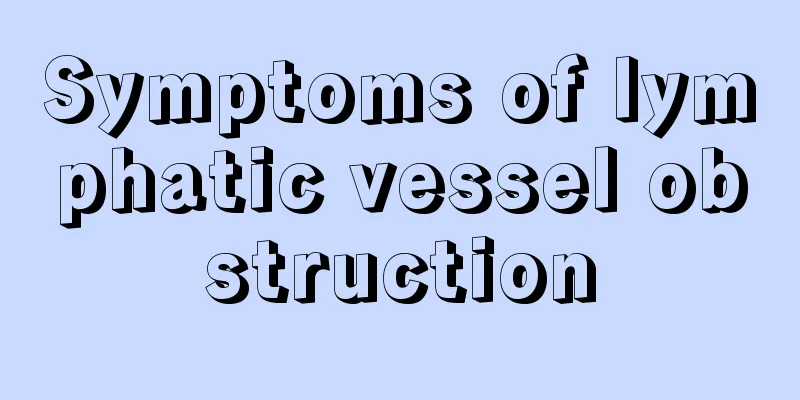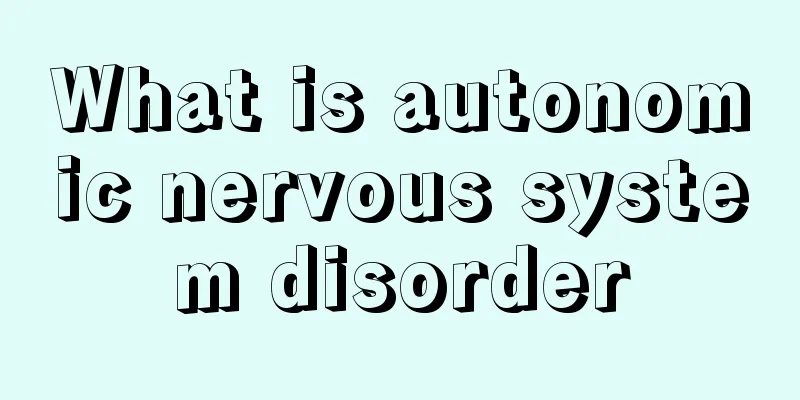How to prove that enzymes are proteins

|
Enzyme is a special substance that transforms substances in the body like a catalyst. The latest research results show that enzyme is actually a substance with a similar structure to protein. Many scientists even believe that enzyme is a kind of protein, but its function is different from that of ordinary protein. So, how do we prove that enzymes are proteins? Let’s take a look at the explanation below. Those who are interested can learn about it. Evidence that enzymes are proteins 1. Enzymes are thermally unstable. 2. Enzymes are amphoteric electrolytes. 3. Other chemical and physical factors that cause protein denaturation can inactivate the enzyme. 4. Enzymes have a series of characteristics of colloidal substances. 5. Many enzymes are inactivated by proteolytic enzymes. 6. Crystalline enzyme has been produced. 7. The amino acid sequences of many enzymes have been determined. The chemical nature of enzymes is protein or RNA, so they also have primary, secondary, tertiary, and even quaternary structures. According to their molecular composition, they can be divided into simple enzymes and combined enzymes. An enzyme that only contains protein is called a simple enzyme; a combined enzyme is composed of enzyme protein and cofactors. For example, most hydrolases are composed of simple proteins; flavin mononucleotidase is composed of enzyme protein and cofactors. The enzyme protein in the conjugated enzyme is the protein part, and the auxiliary factor is the non-protein part. Only when the two are combined into a complete enzyme will it have catalytic activity. Enzymes are divided into six categories according to the nature of the reactions they catalyze: Oxidoreductases are enzymes that promote the redox reaction of substrates. They are a class of enzymes that catalyze redox reactions and can be divided into two categories: oxidases and reductases. Transferases are enzymes that catalyze the transfer or exchange of certain groups (such as acetyl, methyl, amino, phosphate, etc.) between substrates. For example, methyltransferases, aminotransferases, acetyltransferases, transsulfurases, kinases and polymerases, etc. Hydrolases are enzymes that catalyze the hydrolysis of substrates. For example, amylase, protease, lipase, phosphatase, glycosidase, etc. Lyases are enzymes that catalyze a reaction that removes a group from a substrate (non-hydrolytically) leaving a double bond, or the reverse reaction. For example, dehydratase, decarboxylase, carbonic anhydrase, aldolase, citrate synthase, etc. Many lyases catalyze the reverse reaction, forming a new chemical bond between two substrates and eliminating the double bond of one substrate. Synthase belongs to this category. |
>>: How to quickly replenish protein_How to replenish protein fastest
Recommend
Detailed explanation of what laryngeal cancer patients should pay attention to in their diet while taking medication
Recently, some people have asked about the dietar...
What should I do if my knee hurts
Knee pain is quite common, especially among middl...
What should lung cancer diet be like? Specific principles of lung cancer diet revealed
Everyone should know that the lungs are very impo...
What is the situation of minor soreness and swelling
Shopping is a woman’s nature, and many women part...
What causes acne in the nasal cavity
Acne in the nasal cavity is generally caused by g...
How can I stop my husband from drinking
Many women do not allow their husbands to smoke o...
How to keep your mouth clean
A high-quality life means paying attention to eve...
How long after a fracture can you sleep in the same bed
In our daily lives, although we pay more attentio...
4mm kidney stone
Kidney stones often do not have obvious symptoms ...
There are horizontal lines on the toenails
The originally beautiful toenails were accidental...
How to get rid of bloodshot eyes?
If you overuse your eyes in your daily life, it w...
Is the uterine cancer virus serious?
Among gynecological diseases, uterine cancer is a...
Ways to improve blood circulation in the brain
If there is a problem with the blood circulation ...
Small nipples under the armpits
Accessory breast is a relatively common female di...
Is lung cancer hereditary? There is a certain chance of hereditary
Lung cancer may be hereditary. If a senior has lu...









